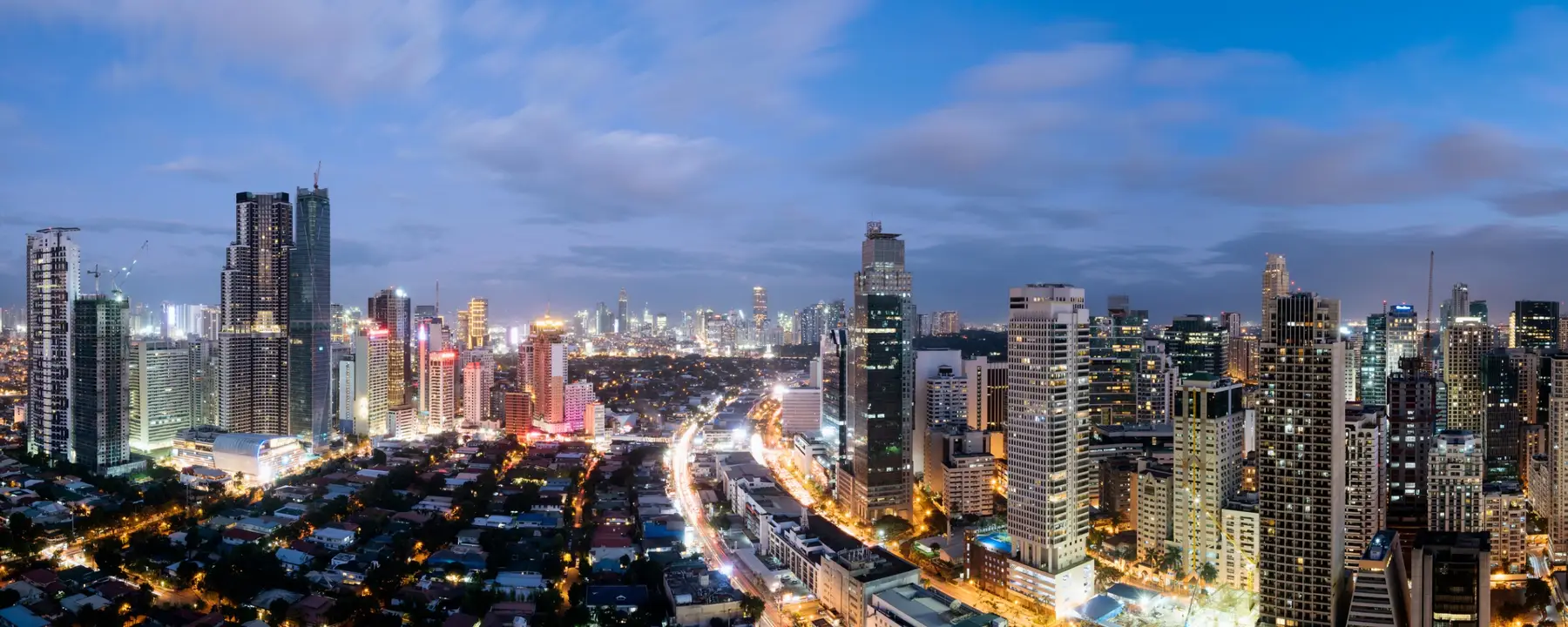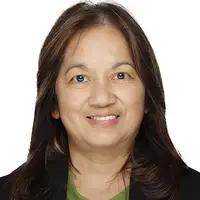Developing low emission alternatives and increasing economic resilience and the resiliency of the power sector
Developing countries need to find a way to support robust economic growth and, at the same time, maintain the resiliency of their electrical grids. In the Philippines, a variety of policy, technical, and financial barriers to clean energy usage, as well as a sustained increase of petroleum consumption in the transport sector, have made the island nation a good example of the coordinated strategies that must be implemented in the face of increased energy usage and fossil fuel consumption.
We are proud to have led the U.S. Agency for International Development (USAID) Building Low Emission Alternatives to Develop Economic Resilience and Sustainability (B-LEADERS) project from 2014-2019. The project focused on increasing the resiliency of power sector to the environmental stresses of economic growth and establishing a working model for the use of renewable energy resources—essentially, decoupling economic growth in the Philippines from increased greenhouse gas emissions.
Facilitating Investment in Clean Energy
We developed a virtual data-management system called the Energy Virtual One Shared System (EVOSS), that promotes transparency, streamlines business procedures, and cuts down transaction costs in the utilization of clean energy resources. By facilitating healthy interaction between renewable energy developers, financial institutions, and the local communities that benefit from these investments, B-LEADERS helped minimize barriers to entry in the Philippines’ clean-energy sector.
For example, thanks largely to B-LEADERS, the shopping malls in Iloilo City now have rooftop solar panels installed.The project developed an energy efficiency calculator that was used by top management of big commercial and industrial firms to measure potential company cost savings stemming from solar roofing.
Additionally, B-LEADERS spearheaded the cost-benefit analysis on mitigation options that served as the country’s foundation in its compliance to the Paris Agreement. The study became the policy toolkit that the Philippine government used in developing its least cost of mitigation options to advance clean energy and cut down the country’s greenhouse gas emissions.
Leveraging the Power of Philippine Stakeholders
We partnered with the Department of Energy of the Republic of the Philippines in an outreach program called E-POWER-MO! Using radio, television, social media, and neighborhood associations, as well as local events like beauty pageants, the program informs Philippine citizens about the Department’s energy policies that will impact their lives, and the basics of energy conservation and renewable energy resources. E-POWER-MO! reaches most of the Philippines’ 100 million–plus citizens.
We also worked with the U.S. Pacific Command to equip selected distribution utilities in the Philippines with smart technology, bringing them into compliance with the energy-resilience policy of the Philippine government. This technology facilitates real-time monitoring of power supplies, allowing operations personnel to respond promptly to,and often prevent, disruptive fluctuations in the power grid.
Developing a Greenhouse Gas Inventory
One of the key B-LEADERS initiatives was to institutionalize the Philippines’ greenhouse gas inventory—the data set that shows how much carbon dioxide and other greenhouse gases are produced by different sectors of the Philippine economy (e.g., industry, agriculture, transportation). By improving the transparency, consistency, accessibility, comparability, and comprehensiveness of this inventory, we were able to translate national policies into concrete and sustained energy-saving activities at the local government level.
Creating a Model for Future Climate Change Strategies
By any measure, B-LEADERS was a success. In just over three years, we facilitated the commercial operation of 242 megawatts of clean-energy investment in the Philippine economy valued at roughly $579 million, exceeding our mandated goal. In addition, approximately 1,046,196 metric tons of carbon dioxide equivalent were reduced, sequestered, or avoided, and more than 29 significant policies, strategies, plans, and agreements concerning renewable energy resources were revised, amended, or adopted by the Philippine government.
The policies and platforms developed by B-LEADERS—including the EVOSS data set—could be used to mitigate the effects of economic growth and increased energy usage in other developing countries. It is our hope that this model will be widely adopted to produce measurable decreases in greenhouse gas emissions and increases in electrical grid flexibility in nations around the world.
- U.S. Agency for International Development (USAID)

